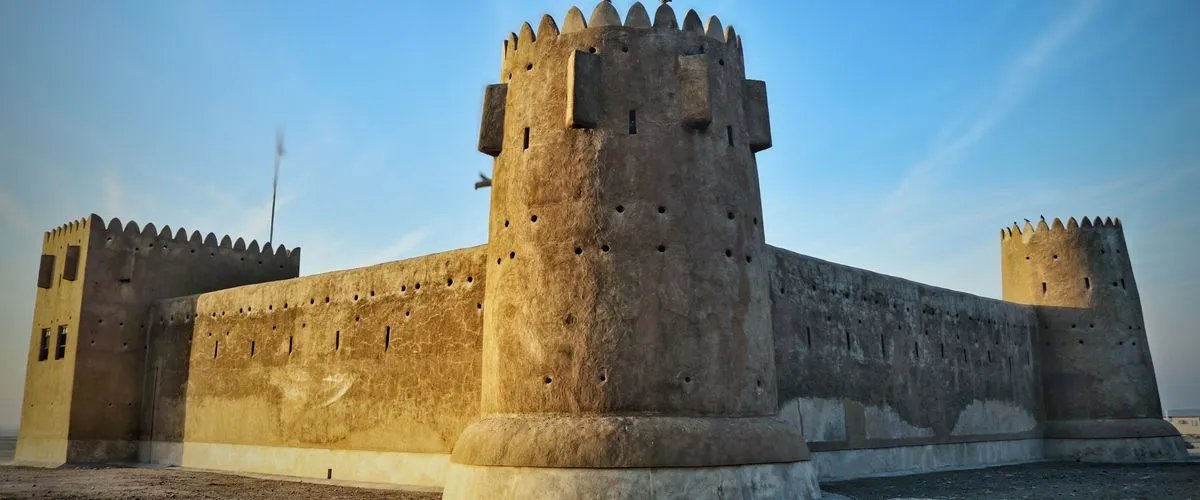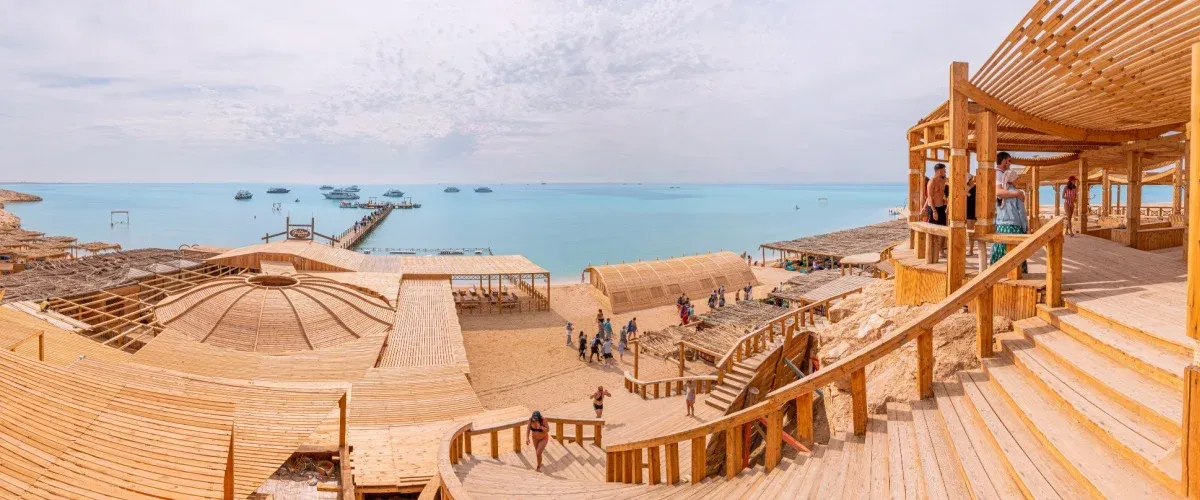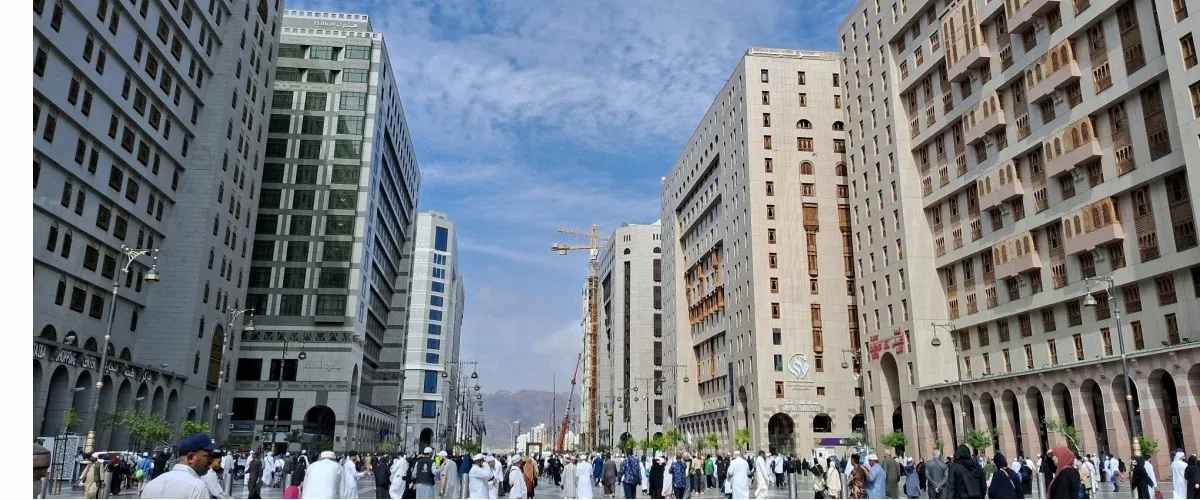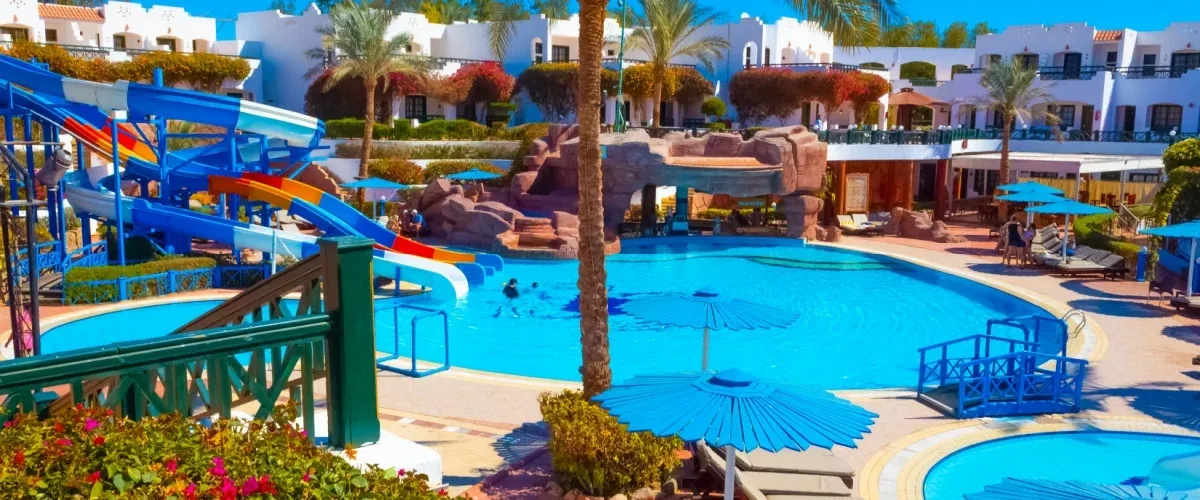Designed as a protected area in 2009, the Al Zubarah fort was once upon a time a thriving port bustling with fishermen and merchants.
A team of archaeologists and scientists were sent to record and shed light on the rise and fall of this area, which was done through research and interaction with the local communities.
Al Zubarah Fort Qatar became a world heritage site in 2013 by the world heritage committee. One of the major features of the site is the archeological remains of the town that dates back to the 60s.
Al Zubarah Fort: History Of The Ancient Fort
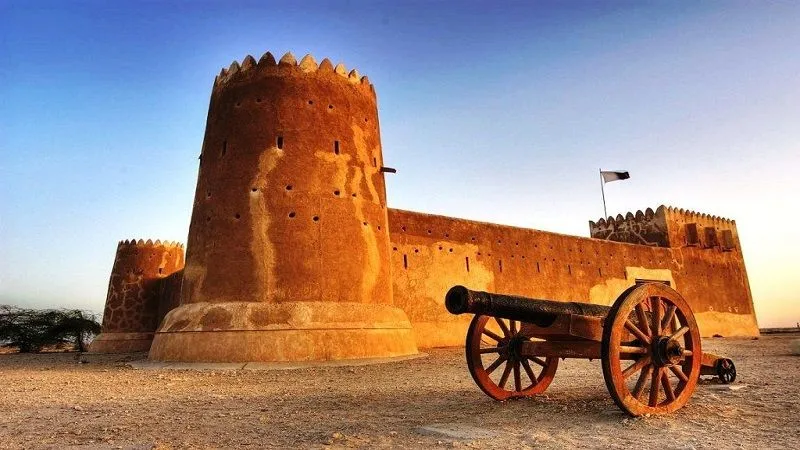
In the late 18th and 19th century, for a short period of time, Al Zubarah Fort, discovered by Utub merchants from Kuwait, succeeded as a pearling and trading centre. Back in the day, it’s involvement in trade included high value commodities, especially pearl. The Indian Ocean, Arabia and Western Asia have trading links with the fort.
Once a trading town, created a symbolic relationship with inland settlements. The fort along with the trading towns competed with each other for years. In 1811, Al Zubarah fort was destroyed and in the 20th century, the rubble stones and mortar buildings collapsed, which of course was abandoned. Eventually, a layer of sand covered the entire place. People visiting the fort will probably see remains of what used to be a palace, mosques, street, courtyard house and fishermen’s huts along with cemeteries.
Tourists will get to see what is said to be remains of Qal’at Murair, with proof of how water was sustained and protected and another fort that was built back in 1938.
Al Zubarah Fort: A Different Side To The Fort
There is a lot about the fort people have yet to learn and discover. The uniqueness of the fort lies in the fact that it lasted only for a short period of time, it was abandoned and of course has been untouched. The interesting part is yet to come, which includes discovering remains of small satellite and what is said to be remains of the towns nearby. The layout of the fort is seen buried under the desert sands. A glimpse of the development of the 18th and 19th century trading society is seen, surrounded by desert landscape.
Are you still wondering what makes the fort so unique and exceptional? The fort is said to be a true testimony of an urban trading and pearl- diving tradition which has sustained a large part of the coastal town from the Islamic period.
The Architecture Of Al Zubarah Fort
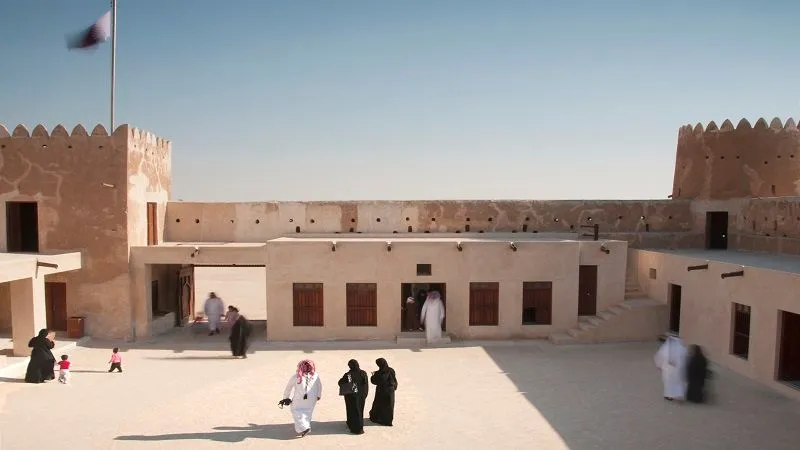
The architecture of the Zubarah fort is different from the other attractions in the Middle East. It has a square courtyard with huge walls on each side, the large towers have been designed with Qatari-style battlements and one corner of the tower has a stunning rectangular tower with traditional ledges with slits called machicolations. The thick walls are used as defensive capabilities of the fort and have kept the rooms cool. The walls were constructed with raw pieces of coral rock and limestone with a mud mortar, which was covered with a gypsum-based plaster. Made with compressed mud, the roof protects the fort from the heat during the summers.
Al Zubarah Fort is said to be a typical Arab fort made using traditional Qatari architecture. The rectangular tower sitting in one of the corners of the fort has machicolations, unique triangular based ledges with slits, that were used to shoot the enemy, in case of an attack.
One of the most interesting bits about the fort is its roof, which is made with 4 layers which include danchal wood poles, basgil (woven bamboo strips). The third layer is made up with mangrove branches. The most fascinating thing about the method is that the architraves using danchal wood poles are held together with a rope to improve upon the adherence of the mud mortar and plaster. These are some of the most fascinating things to know about a fort. It makes it unique and different from the rest.
Suggested Read: Top Historical Places In Qatar To Embrace The Beauty of Bygone Era
Untold Story of Al Zubarah Fort And The Surrounding Attractions

The fishermen's village and the 3D model of the Qatari mosque boast of the similar building technique seen at the fort. The eight rooms were used to keep the soldiers safe and warm back in the day. At present people get to explore the exquisite pottery and archaeological findings like coins from the neighboring Al Zubarah town. Tourists will also get to see something called an Iwan (small porticos) that overlook the courtyard through square arcades. One should look under the 4 pilar canopy down the 15-meter deep well that used to be a reservoir for soldiers. Visiting the forts in Qatar is not complete without climbing the external staircases in the courtyard to the second floor.
People will get to see gunfire holes that are angled in various directions as soldiers could shoot their enemies. One of the main attractions in the towers is the wooden rung stairs that were used by men to climb to the roof and patrol the area with a clear view. The fort and town are an important part of the early development of Qatar and one of the places to go to in Qatar.
Timings Of Al Zubarah Fort
The Al Zubarah fort is open from 8 in the morning to 6 in the evening and close on Friday mornings. There is no entry fee and public restrooms are available at the fort.
Al Zubarah Fort: Near By Attractions
The fort is just one of the many attractions people should visit. So, apart from visiting the fort, people can explore some of the other attractions close by.
Al Thaqab Fort
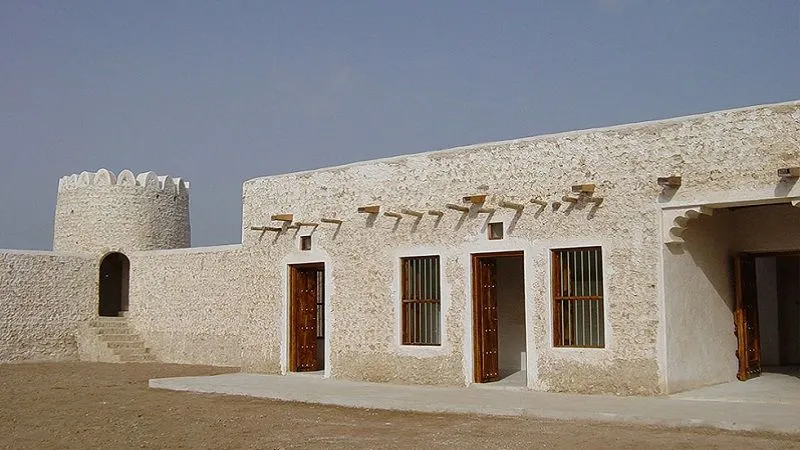
Al Thaqab Fort is one of the traditional forts of the Middle East, nestled about 110 kms away from Doha, found in the Ash Shamal area. Also known to many as Qal’at Al Thaqab, Al Thaqab fort is said to have been born sometime in the 10th century, as opposed to what is said to have been stated at the 19th century. The birth of the fort was said to have been during the international trade settlements. Thaqab comes from the word “water at the bottom of the valley after rain”. It has a ground plan which includes circular towers and a rectangular tower, which is the traditional drawings of all the forts in Qatar. It is said to have a bent entrance and buildings for storing and processing dates.
Suggested Read: Zekreet Fort Qatar: A Popular Historical Landmark Nearby Dukhan
Qal’at Murair
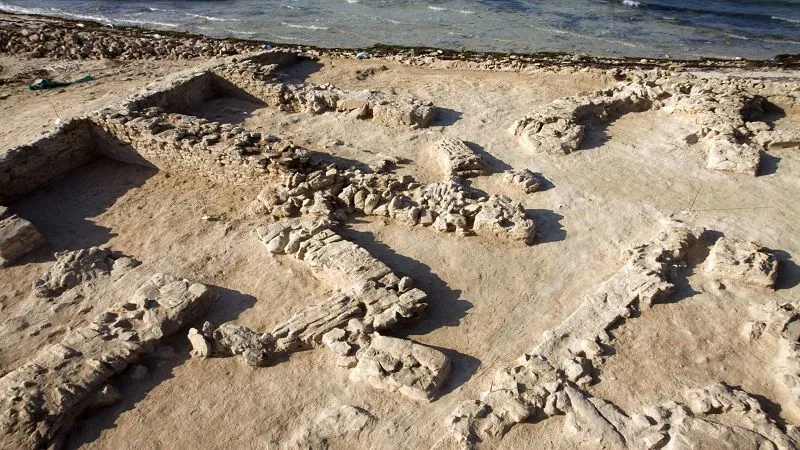
Al Bin Ali of the Utub tribe built Qal’at Murair fort in 1778, which is now in ruins and abandoned. The aim of building the fort was to take up the challenge set by Al Musallam branch whose presence was strong in most parts of Qatar. People can explore the fort nestled about 1500 meters away from Al Zubarah fort, which has one channel and four walls and a masjid. What else can one ask for when it comes to visiting such unique places? There is a lot to learn and explore in the Middle East.
When planning a vacation to the Middle East, Al Zubarah fort is a must visit to discover the historical evidence of the country. The historical buildings and residential planning of the past have to be explored, without which the holiday will be incomplete. Book your flights to Qatar and explore the several cultural and historical attractions that make the country a popular holiday destination of the world.
The fort is one of the most popular places to explore in the middle east for its history. Tourists from around the world come to see the place every year just for its architecture. So, if you haven’t been yet, then take advantage of the Qatar tour package right away.
FAQs
Nestled in Zubarah, an old Qatari town, the fort is about 105 kms from the city of Doha.
The Zubarah fort is a world heritage site that features the archeological remains of the town that goes back to the 60s.
Al Zubarah Fort was built by Sheikh Bin Jassim Al Thani in 1938 to replace the dilapidated Qalat Murarir. It was once a coast guard/ police station.
Al Ruwais Mosque is one of the oldest harbor towns in Qatar, built in 1940 on the ruins of an older one.
Some of the most famous heritage sites in Qatar are:
- Al Zubarah Archaeological
- Al Khor Towers
- Freiha
- Barzan Towers
- Ruwayda
Tourists can go shopping at the malls, spend time on the beaches of Qatar and much more. It will be a holiday to remember.
The national museum of Qatar is the largest museum in Qatar, people should explore besides the fort.
Yes, it is a safe country to explore with family and friends.

